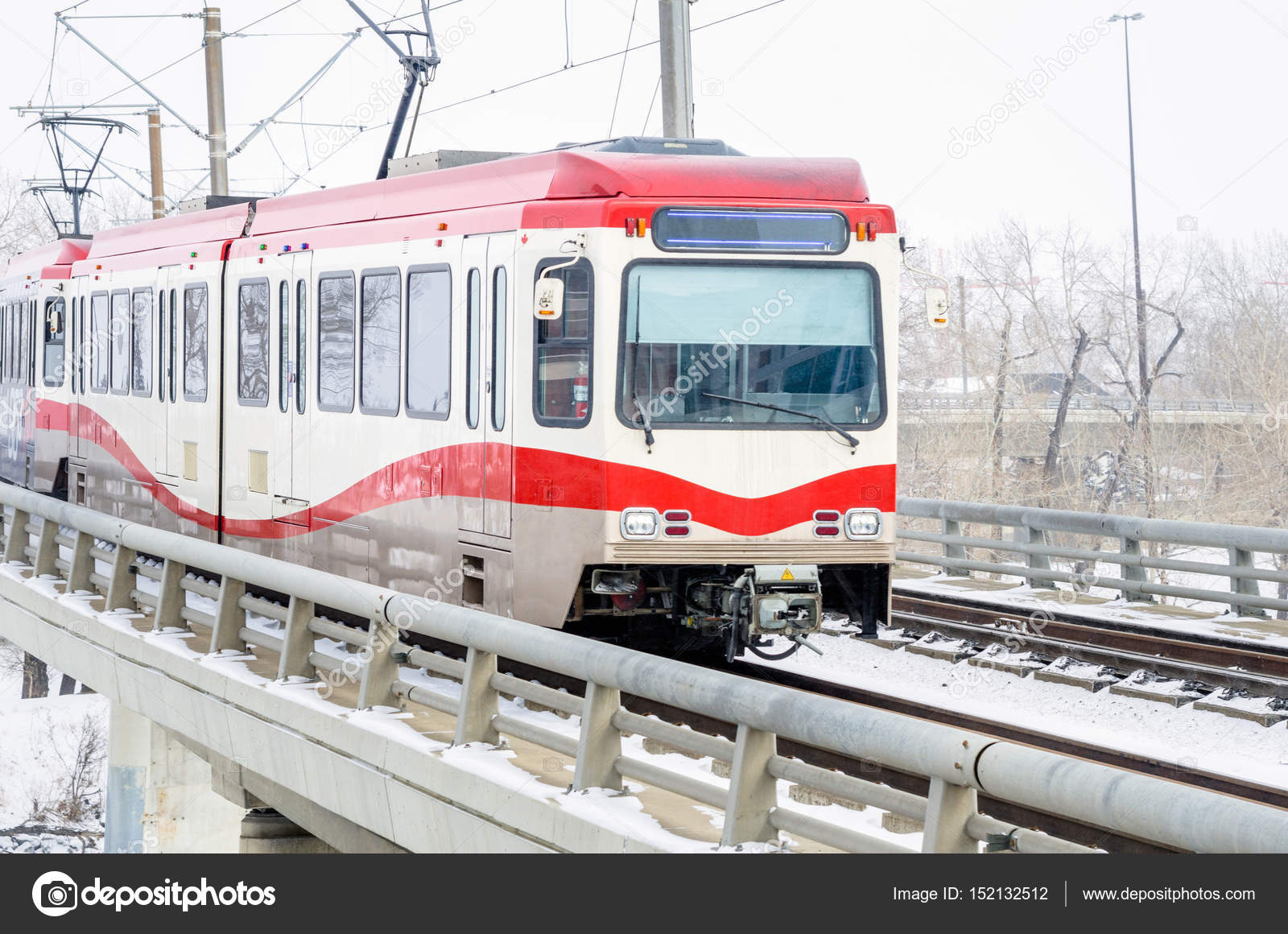Buying your first home in Melbourne can feel like a big challenge, especially when saving for a deposit. But with low deposit home loans, you can step into homeownership sooner. This guide explains everything you need to know about First Home Buyer Loans in Melbourne, including government schemes, eligibility, and tips to secure the best loan for your needs. Whether you’re eyeing a cozy apartment or a family home, we’ll help you navigate the process with clear, actionable advice.
Why Low Deposit Loans Matter for First Home Buyers
Saving a 20% deposit for a home in Melbourne can take years, with median house prices around $900,000. Low deposit loans let you buy with as little as 5% or even 2% down, making homeownership more achievable. These loans often come with government-backed schemes that reduce costs like Lenders Mortgage Insurance (LMI), saving you thousands.
For example, a $600,000 home typically requires a $120,000 deposit. With a low deposit loan, you might only need $30,000 (5%) or $12,000 (2%) upfront. This can be a game-changer for first-time buyers struggling to save while paying rent.
Understanding the First Home Guarantee Scheme
The Australian Government’s First Home Guarantee (FHG) is a popular option for first home buyers. It allows eligible buyers to purchase a home with a 5% deposit without paying LMI. Housing Australia provides a guarantee to the lender, covering up to 15% of the property’s value, which reduces the lender’s risk.
Key Eligibility Criteria for the First Home Guarantee
- Citizenship: You must be an Australian citizen or permanent resident, aged 18 or older.
- Income Limits: Individual income must be below $125,000, or $200,000 for joint applicants, based on your last financial year’s Notice of Assessment.
- Property Ownership: You must be a first home buyer or not have owned property in the last 10 years.
- Deposit: You need 5% to 20% of the property’s value.
- Property Type: The home must be for owner-occupiers, not investors, and fall within the price cap for your area (e.g., $800,000 for Melbourne metro).
To apply, contact a participating lender like NAB, Commonwealth Bank, or Australian Mutual Bank. They’ll guide you through the process, assess your eligibility, and submit your application to Housing Australia. You’ll need documents like proof of citizenship, income, and a signed declaration.
Other Government Schemes for Melbourne Buyers
Beyond the First Home Guarantee, other schemes can help you buy with a low deposit:
- Family Home Guarantee (FHG): Supports single parents with at least one dependent child to buy with a 2% deposit. The government guarantees up to 18% of the property value, and you don’t need to be a first home buyer.
- Regional First Home Buyer Guarantee: For buyers in regional Victoria, this scheme allows a 5% deposit for those who’ve lived in the area for 12 months. It’s ideal for those looking outside Melbourne’s metro area.
- First Home Owner Grant (FHOG): In Victoria, you may get a $10,000 grant for buying or building a new home valued up to $750,000. Check your state’s revenue office for eligibility.
These schemes can be combined with other benefits, like stamp duty concessions, which can save you up to $22,000 in Victoria for properties under $650,000.
Tips for Saving a Low Deposit in Melbourne
Saving even a 5% deposit can be tough in a city like Melbourne, where living costs are high. Here are practical tips to build your deposit faster:
- Create a Budget: Track your income and expenses to find areas to cut, like dining out or subscriptions.
- Use a High-Interest Savings Account: Accounts with bonus interest can grow your savings faster.
- First Home Super Saver Scheme (FHSSS): Contribute extra to your superannuation and withdraw up to $50,000 tax-free for your deposit.
- Get a Guarantor: A parent can use their property’s equity to guarantee your loan, reducing your deposit needs and potentially avoiding LMI.
- Cut Rent Costs: Consider moving to a cheaper rental or sharing with roommates to save more.
For example, saving $100 a week for two years could give you $10,400, enough for a 5% deposit on a $208,000 property. Combine this with government schemes, and you’re closer to owning a home.
Choosing the Right Low Deposit Loan
Not all low deposit loans are the same. Here’s what to consider when comparing options:
- Interest Rates: Fixed rates offer stability, while variable rates can fluctuate. Compare rates from lenders like NAB, Bank of Melbourne, or smaller banks like G&C Mutual.
- Loan Features: Look for options like offset accounts, which let you save on interest, or redraw facilities for accessing extra repayments.
- Repayment Flexibility: Choose weekly, fortnightly, or monthly repayments to suit your budget.
- LMI Costs: If you’re not eligible for a government scheme, LMI can cost 1-3% of your loan. Some lenders let you add this to your loan amount.
Working with a mortgage broker can help you find Expert Finance Solutions in Melbourne tailored to your needs. They compare loans from multiple lenders, saving you time and money.
Steps to Apply for a Low Deposit Loan
- Check Eligibility: Use Housing Australia’s Eligibility Tool to see if you qualify for a government scheme.
- Get Pre-Approval: Contact a lender or broker for conditional approval, which shows how much you can borrow.
- Find a Property: Look for homes within your budget and the scheme’s price cap. Use free property reports to research suburbs and prices.
- Submit Your Application: Provide documents like ID, income proof, and a deposit. Your lender will reserve a scheme place for you.
- Finalize the Loan: Once approved, sign the contract, pay the deposit, and arrange home insurance before settlement.
Additional Costs to Consider
Beyond the deposit, buying a home involves other costs:
- Stamp Duty: Varies by state but can be significant. Victoria offers concessions for first home buyers.
- Legal Fees: Budget $1,000-$2,000 for a conveyancer or solicitor.
- Building Inspections: Around $500 to check for property issues.
- Loan Fees: Some lenders charge application or service fees.
Use online calculators to estimate these costs and avoid surprises.
Why Melbourne is Great for First Home Buyers
Melbourne’s diverse suburbs offer options for every budget. Areas like Footscray, Reservoir, or Werribee are popular for first home buyers due to lower price points and good amenities. The city’s strong job market and lifestyle make it an attractive place to settle. Plus, government schemes and competitive lending make it easier to buy with a low deposit.
FAQs About First Home Buyer Loans in Melbourne
Q: Can I buy an investment property with the First Home Guarantee?
A: No, the First Home Guarantee only supports owner-occupier homes, not investment properties.
Q: How long does it take to get approved for a low deposit loan?
A: Pre-approval can take a few days to a week. Full approval may take 2-4 weeks, depending on the lender and scheme.
Q: What’s the difference between the First Home Guarantee and Family Home Guarantee?
A: The First Home Guarantee requires a 5% deposit and is for first home buyers or those who haven’t owned a home in 10 years. The Family Home Guarantee allows a 2% deposit for single parents, even if they’ve owned a home before.
Q: Can I use a guarantor with a government scheme?
A: Yes, a guarantor can help reduce your deposit or avoid LMI, but you must still meet the scheme’s eligibility criteria.
Q: Are there low deposit loans for non-residents?
A: Most schemes, including the First Home Guarantee, require Australian citizenship or permanent residency. Non-residents may need a 20% deposit and LMI.





